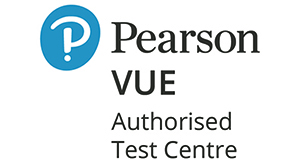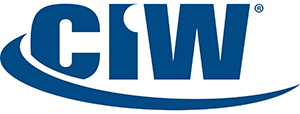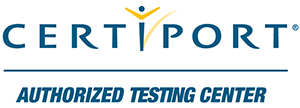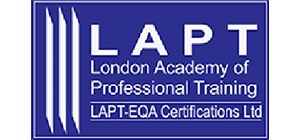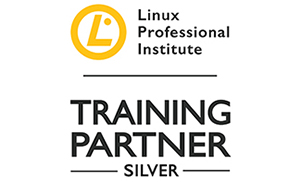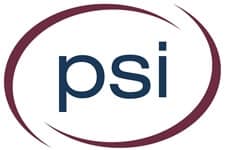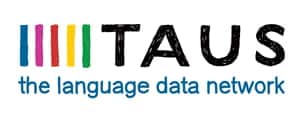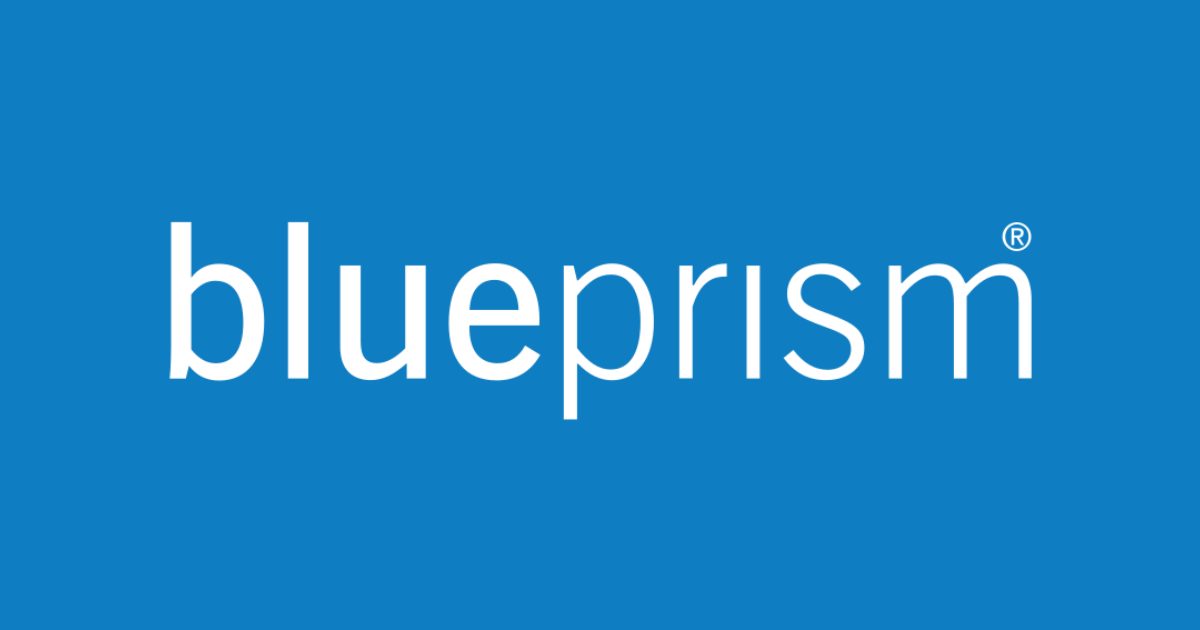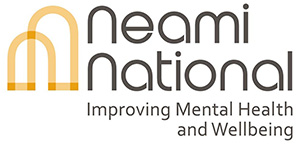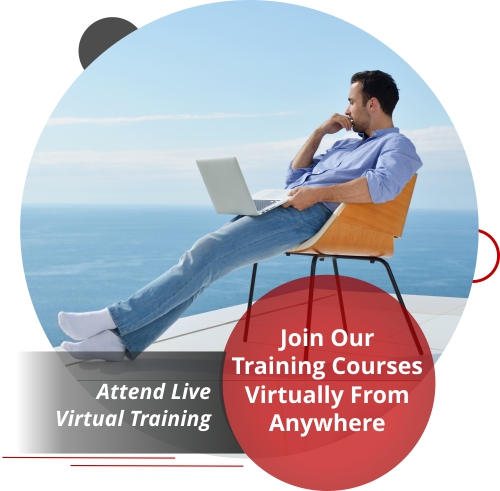Systems Development Foundation Training
Systems Development Foundation Course
BCS Foundation Certificate in Software and Hardware Asset Management (SAHAM) is ideal for individuals who wish to develop an understanding of software asset management. It is useful for organisational leaders and managers wanting to understand the value of SAM practices, or those who work in a regulated industry, for example, telecoms, financial services, energy and utilities.
In the Asset Management certification training course, candidates will learn about the objectives and activities required to implement software and hardware asset management within an organisation, and develop an understanding of current licensing methodologies including volume agreements, cloud, hybrid, software as a service (SaaS) and bring your own device (BYOD).
The certification training course for Software and Hardware Asset Management (SAHAM) includes learning about the software and hardware asset management techniques and processes, gaining an understanding of preparing and distributing asset reports throughout the organisation, managing IT assets through the stages of their lifecycle, and measuring current SAM and HAM maturity and identifying areas of improvement. The candidates who undertake this certification course can also attempt the certification exam to become certified by the British Computer Society, showcasing that they have developed effective SAM and HAM policies and processes.
This course is appropriate for people in positions such as software asset managers, IT asset managers and professionals in IT procurement.
Moreover, by successfully taking this training course and passing this certification for Software and Hardware Asset Management (SAHAM), the candidates will have attained qualification for developing effective SAM and HAM policies and processes, preparing and distributing asset reports throughout the organisation, and making more efficient use of IT assets.
Logitrain offers the BCS Foundation Certificate in Software and Hardware Asset Management (SAHAM) certification in Melbourne, Sydney, Brisbane, Adelaide, Canberra, Perth, in-house and live virtually.
There are no pre-requisites for this course.
- Professionals interested in the development of IS / IT systems
- Business Analysts
- System Analysts
- Designers
- Developers
- Testers
Foundation Certificate in Systems Development course material will be provided.
Candidates can achieve this certification after passing the following exam(s).
- FSDEV: BCS Foundation Certificate in Systems Development
The certification exam can be registered and attempted within 3 months of course/module completion at Logitrain training centre on weekdays during business hours (excludes public holidays).
- Introduction to Systems Development
- Lifecycle types and their rationales
- Business Analysis
- Requirements Engineering
- Making a Business Case
- Programming and Development Approaches
- Systems Modelling and Specification Techniques
- Systems Design
- System Architecture
- Quality and Testing
- Implementation and Changeover
- Evaluation and Maintenance
- Software Support Tools
This course is likely to add to the employment-related skills of the participants. The skills developed are likely to be used in the course of being an employee or working in a business.
- The objective is to understand the scope of systems development work and its relationship to other associated disciplines
- The objective is to understand the range of systems development lifecycles, their application, advantages and disadvantages
- Systems Development Lifecycles: Waterfall model; V model; Incremental model; Spiral model; Unified Process
- For each lifecycle: Principles and rationale; Structure and stages; Advantages; Disadvantages; Selection criteria; Team roles and responsibilities
- Adaptation and customisation of the lifecycles
- Project management and the lifecycles: Responsibilities of project managers in systems development; Difference between project life cycles and systems development life cycles
- The objective is to understand the objectives, activities and deliverables of business analysis work
- Holistic discipline: Focus on business problems and opportunities; Bridge between business and IT
- Place of Business Analysis in the development lifecycle: Feasibility study; Requirements analysis; User acceptance testing; Implementation; Post-implementation review/benefits realisation
- Outcomes from Business Analysis: People change; Process change; IT/IS change; Organisation change
- The objective is to understand the core activities of the requirements engineering approach and the techniques used to define, document and manage requirements
- Key areas of Requirements Engineering: Requirements elicitation; Requirements analysis; Requirements negotiation; Requirements documentation; Requirements validation
- Techniques for requirements elicitation: Workshops; Interviews; Observation; Questionnaires; Scenarios; Prototyping; Document analysis
- For each elicitation technique: Purpose of the technique; Advantages and Disadvantages
- Types of requirements: Functional & Non-functional
- Prioritising requirements
- Managing requirements
- Analysing and validating requirements
- The objective is to understand the purpose of producing a business case and the structure and contents of a business case.
- Feasibility checking
- Elements of a business case
- Identifying, evaluating and selecting options
- Principles of cost/benefit analysis
- Principles of impact and risk analysis
- The objective is to appreciate the different approaches to programming and development of software solutions and identify the key features of each.
- Types of development approaches: Agile Approaches; Procedural; Object-Oriented approaches; Service Oriented; Open source development; Commercial off-the-shelf packages (COTS)
- The objective is to understand the importance of modelling and documentation in the systems development process, to identify the different types models and be aware of the various perspectives they address
- Reasons for modelling
- Modelling from different perspectives
- Cross-referencing different modelling perspectives
- Documentation and specification
- The objective is to recognise the fundamental objectives and principles of good systems design
- The location of systems design in the systems development lifecycle
- The objectives and constraints of systems design
- Input design, input technologies and their application
- Output technologies and their application
- The objectives and principles of process design
- The objectives and principles of data design
- The design of codes
- The scope and principles of security design
- The objective is to recognise the importance of a well-developed architecture as an integral part of good system development
- Types of architecture
- Objectives and principles of systems architectures
- Stakeholders and roles in architecture
- Management of the architecture
- The tiered architecture approach to IT system development
- Service Oriented Architecture and Service Oriented Development Applications
- The objective is to recognise the role of testing through the lifecycle.
- The definition of software quality
- The objectives and limitations of testing
- The structure and purpose of the static test stages of the V model
- The purpose and content of the dynamic test stages of the V model
- Static testing; Dynamic testing; Re-testing (confirmation testing); Regression testing.
- The objective is to recognise the importance of careful implementation.
- The task of file and data conversion
- The principles and problems of data mapping
- The objective is to recognise the need to evaluate a delivered system and to enhance it through subsequent maintenance
- The location of maintenance in the systems development life cycle
- The range of metrics which might be used to evaluate a delivered software product
- The objective is to appreciate the wide range of software support tools, which support IT development
- Computer Aided Software Engineering tools (CASE)
- Computer Aided Software Testing tools (CAST)
- Configuration Management tools (CM)

Get a certificate of attendance to prove your commitment to learning

Take the certification exam within 3 months of course / module completion

Course material in digital format is included for flexibility and ease of use

Mock test is included in the full-time courses to assist with your preparation

Our trainers are highly skilled with expertise and extensive hands-on experience

Relax, we will beat competitor’s advertised price in Australia. Our course has no extra costs
| Location | Type | Duration | Price | Dates | |
|---|---|---|---|---|---|
| Location | Type | Duration | Price | Dates |
The supply of this course/package/program is governed by our terms and conditions. Please read them carefully before enrolling, as enrolment is conditional on acceptance of these terms and conditions. Proposed dates are given, courses run subject to availability and minimum registrations.
Find out why we are the leading choice to help boost your career in Australia
| Approachable and knowledgeable; comfortable surroundings. Logitrain does make IT training easier |
I recently followed the ITIL Foundation course at Logitrain. The training, materials and facilities were excellent and I would not hesitate to train with Logitrain again.
Thanks for a great week! Really enjoyed and feel I picked up a lot. Great Trainer! Will definitely look at further studies here.
Well-presented and able to convey immense knowledge to class. All queries were responded to promptly.
Excellent teaching method, easy to understand.
Logitrain provided a valuable insight into ITIL and enabled me to excel and advance my knowledge through a simple and well organised series of sessions.
Great place to study for certification, knowledgeable persons, excellent customer service. Ready to answer queries on the spot, very helpful.
The trainer was very patient and gave everybody the opportunity to participate.
The trainer explained everything very well. Logitrain was very helpful for me in getting a better overall understanding of CCNA. I previously had studied it 2 years earlier but required revision
Over 1000 organisations have relied on Logitrain to be their trusted training partner.

Don’t Wait. Please fill the form now.





